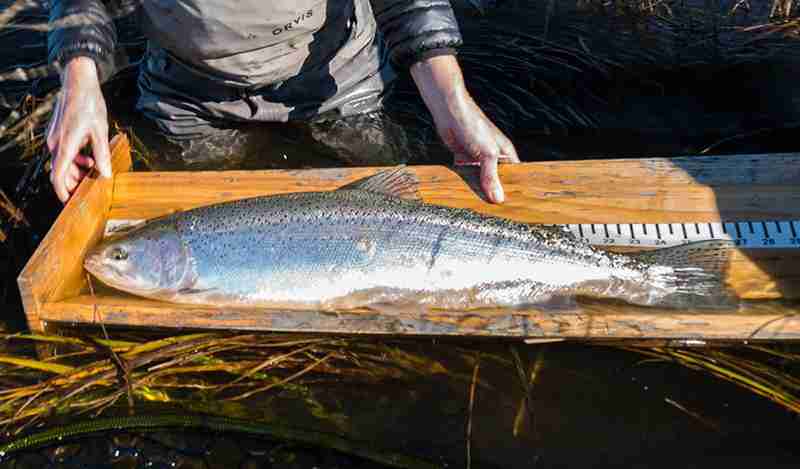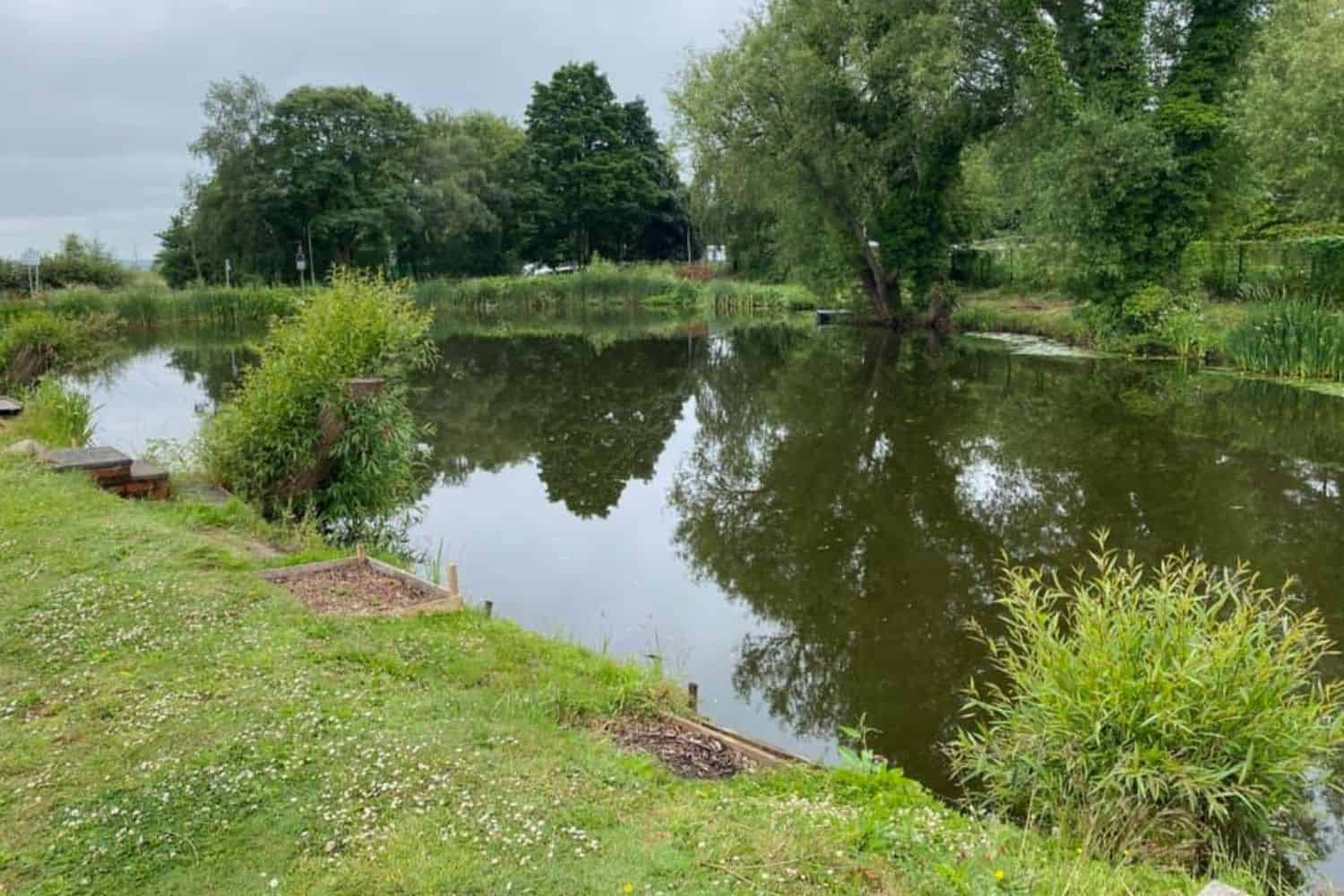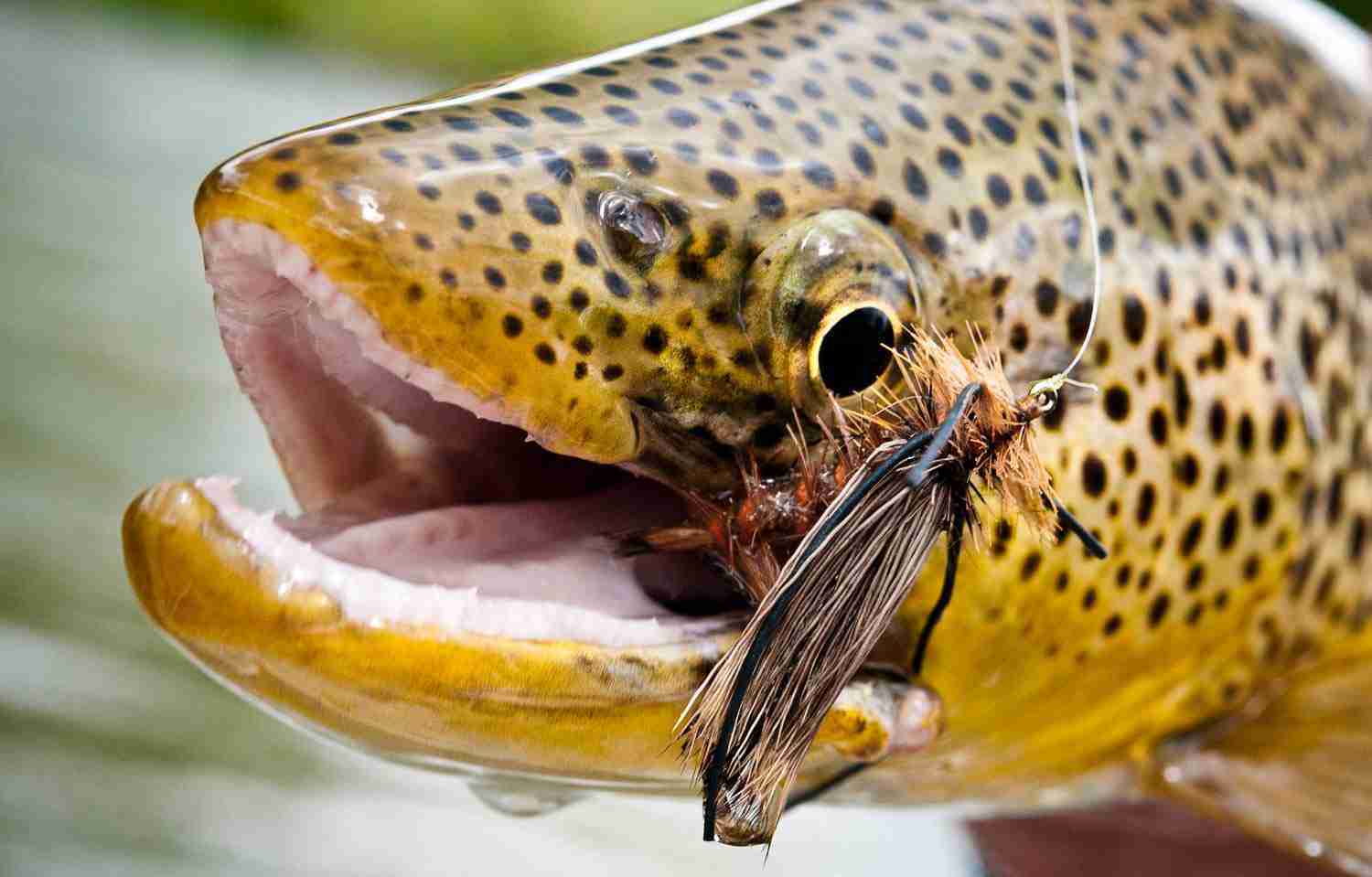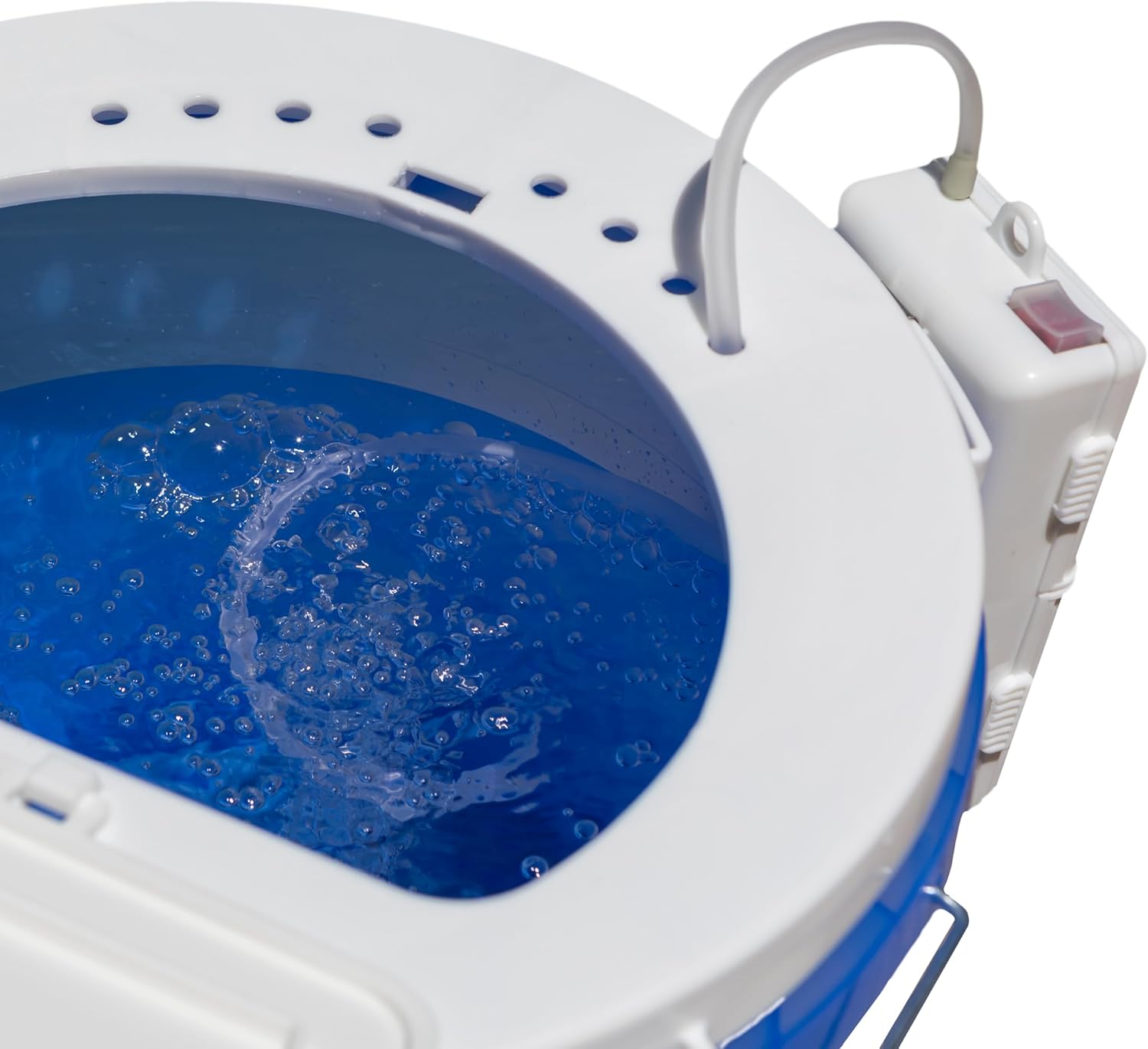
How to Keep Bait Alive Longer

9 min read
Nothing kills the fishing mood faster than opening your bait bucket to find a bunch of belly-up minnows floating on the surface. You know the feeling—you’ve spent good money on premium bait, driven to your favorite spot, and now you’re stuck with dead offerings that fish will ignore like yesterday’s newspaper.
Here’s the truth: keeping bait alive isn’t rocket science, but it does require understanding what your bait actually needs to survive. Most anglers treat their bait like an afterthought, then wonder why it dies before they even get their first cast in.
After decades of live bait fishing and plenty of expensive mistakes, I’ve learned that bait care is just as important as knowing how to fish with it. Let me share the techniques that’ll keep your bait swimming strong from the tackle shop to the net.
The Foundation: Understanding What Kills Bait
Before we talk about keeping bait alive, let’s understand what kills it in the first place. Temperature shock is the biggest culprit—throwing cold-water bait into warm bucket water, or vice versa, sends most species into immediate stress.
Oxygen depletion comes in a close second. Baitfish consume oxygen just like any other fish, and in the confined space of a bait bucket, that supply gets used up fast. Especially when you’re dealing with multiple dozen minnows in a small container.
Physical stress plays a huge role too. Rough handling, overcrowding, and poor water quality all contribute to shortened bait life. Think about it—these are living creatures being held in artificial conditions that are already stressful enough without adding more problems.
Temperature: The Make-or-Break Factor
Water temperature control is your first line of defense against bait mortality. Most baitfish thrive in cooler water, typically between 50-65°F depending on the species. Warmer water holds less dissolved oxygen and speeds up their metabolism, creating a double whammy that kills bait quickly.
I always carry a simple thermometer in my tackle box—sounds nerdy, but it’s saved me countless dollars in dead bait over the years. When you pick up bait from the shop, ask about the water temperature they’re keeping it at. Then try to match that temperature in your own setup.

Ice is your friend, but use it wisely. Don’t dump ice directly into your bait bucket—that’ll shock your bait into the next world. Instead, use ice packs or frozen water bottles placed around the outside of your bucket. This cools the water gradually without creating temperature shock.
For hot summer days, I’ve started using those insulated bait buckets with built-in cooling systems. They’re pricier than regular buckets, but when you’re fishing tournaments or planning all-day trips, the investment pays for itself quickly.
Oxygen: The Invisible Essential
Adequate oxygenation separates successful bait keepers from those constantly buying replacements. Battery-powered aerators are game-changers, but not all aerators are created equal.
The key is circulation, not just bubbles. Those tiny aerators that barely disturb the water surface? Pretty much useless for anything beyond a couple hours. You want something that actually moves water around, creating current and surface agitation.
I run my aerator continuously when fishing, but here’s a trick most people miss: run it on high when you first add bait to help them acclimate, then reduce to a lower setting once they’ve settled in. Constant high agitation can actually stress some bait species.
Position your aerator stone near the bottom of the bucket, but not directly underneath where bait tends to congregate. You want circulation without creating a washing machine effect that exhausts your bait.
The Right Container Makes All the Difference
Your choice of bait container impacts survival rates more than you might think. Those cheap Styrofoam containers from the bait shop? Fine for a couple hours, but they’re not designed for extended bait keeping.
Insulated bait buckets with tight-fitting lids maintain temperature better and reduce water evaporation. The darker colors are better too—they block sunlight that can heat up your water and promote algae growth.
Size matters, but bigger isn’t always better. A larger container holds more water, which dilutes waste products and provides more oxygen. But it’s also harder to keep cool and transport. For most situations, a 6-8 quart insulated bucket hits the sweet spot.
Round containers work better than rectangular ones for bait health. The circular water flow is more natural and reduces dead spots where waste can accumulate.
Water Quality: The Hidden Performance Factor
Fresh, clean water is non-negotiable for long-term bait survival. But here’s where many anglers make mistakes—they focus on keeping the water cold while ignoring other quality factors.
Change your water regularly, especially on multi-day trips. I typically refresh at least half the water every 6-8 hours of active fishing. More often if the water starts looking cloudy or if bait seems sluggish.
Lake or pond water is usually better than tap water for keeping bait, assuming the source water is clean. Tap water often contains chlorine and other chemicals that stress baitfish. If you must use tap water, let it sit for 24 hours before adding bait, or use a dechlorinator designed for aquariums.
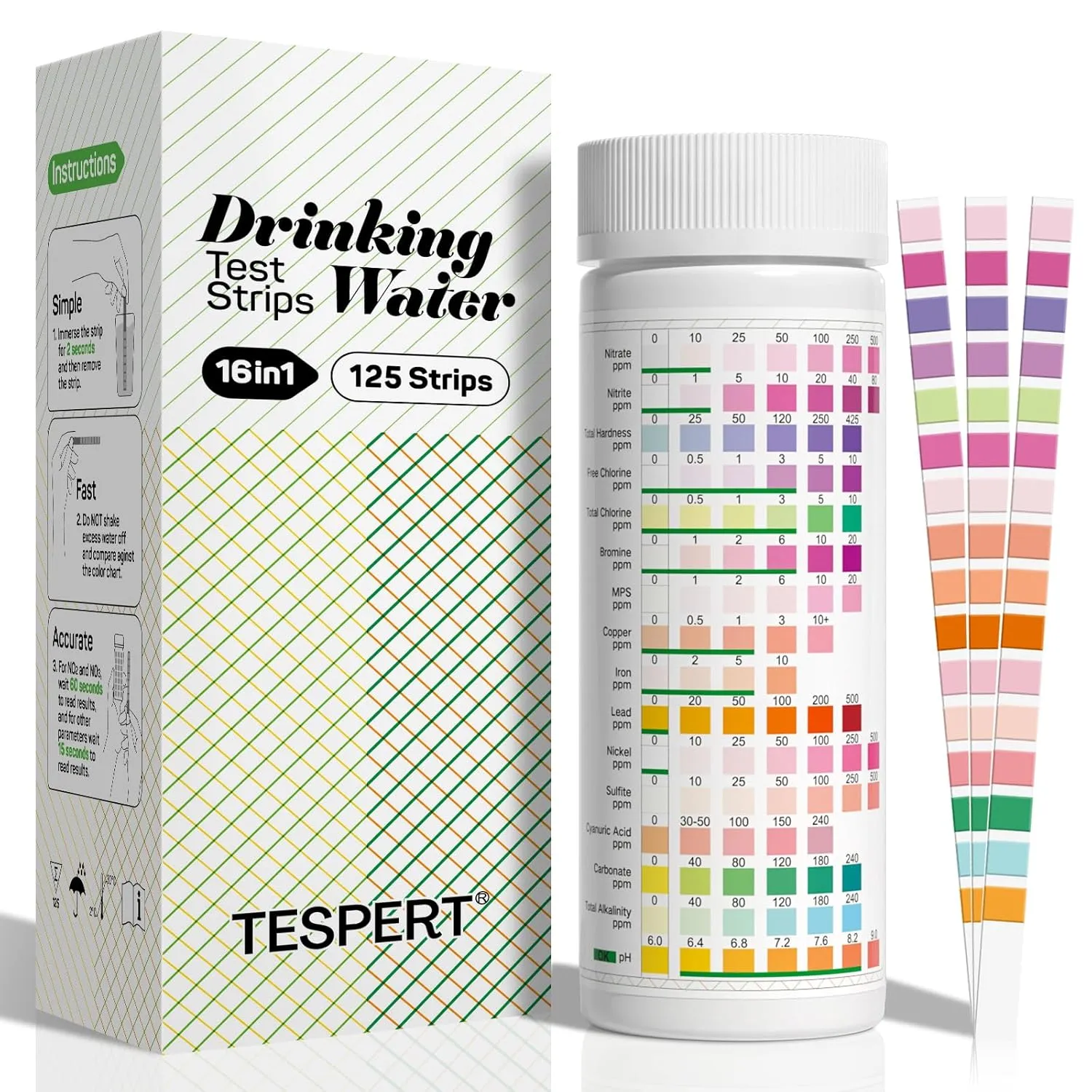
Pay attention to water clarity. Cloudy water usually indicates high waste levels or bacterial growth, both of which will kill your bait. Clear water isn’t always clean water, but murky water is almost always problematic.
Species-Specific Care Requirements
Different bait species have different needs, and treating them all the same is a recipe for disappointment. Shiners are hardier than fatheads in most conditions, but they’re more sensitive to temperature changes. Fatheads can handle warmer water but need more oxygen.
Creek chubs are tough as nails and can survive in conditions that kill other minnows, but they’re more aggressive and will stress other bait species if mixed together. Keep them separate when possible.
Suckers and redhorse are incredibly hardy but produce more waste than smaller minnows. They need more frequent water changes and better filtration to stay healthy long-term.
Crayfish require different care entirely. They need hiding places (small rocks or artificial cover), cooler water, and they’ll eat dead baitfish if you keep them in the same container. Always separate crayfish from other bait.
Advanced Techniques for Extended Trips
For serious bait keeping—tournament fishing, multi-day trips, or when you need bait to last a week or more—you’ll need to step up your game beyond basic bucket keeping.
Recirculating systems work wonders for extended bait storage. These pump water through a simple filter and back into the container, removing waste products and maintaining water quality. You can build a basic system with an aquarium pump, some tubing, and a small sponge filter.
Partial water changes become crucial for long-term bait keeping. Change 25-30% of the water daily, being careful to match temperature. This removes accumulated waste without shocking your bait with completely new water.
Consider bait conditioners designed for live transport. These products help reduce stress and boost bait immunity to disease. They’re not magic bullets, but they can make a noticeable difference in bait survival rates during extended storage.
Reading Your Bait’s Health
Learning to recognize healthy versus stressed bait saves you from fishing with dying offerings. Healthy bait schools together, swims actively, and reacts quickly to disturbances. They maintain good color and their fins stay erect.
Stressed bait often separates from the school, swims erratically, or hangs near the surface gasping. Color fades, fins clamp against their bodies, and they become lethargic. These are warning signs that your bait care system needs adjustment.
Dead and dying bait should be removed immediately. They consume oxygen without contributing anything, and they can spread disease to healthy bait. I check my bait every hour or so when actively fishing, removing any casualties.
Common Mistakes That Kill Bait Fast
Overcrowding kills more bait than almost any other factor. Just because you can physically fit three dozen minnows in a bucket doesn’t mean you should. A good rule of thumb: if bait can’t swim freely without constantly bumping into each other, you’re overcrowded.
Feeding bait seems like a good idea, but it usually causes more problems than it solves. Most baitfish can survive several days without food, but feeding them increases waste production and can cloud your water quickly. Only feed bait if you’re keeping them for a week or more.
Using the wrong water source trips up many anglers. Well water is often too cold and low in oxygen. City water contains chemicals. Pond water might have parasites or diseases. The best water is usually from a clean lake or river, the same type of water your bait species naturally lives in.
Seasonal Considerations
Summer bait keeping is all about temperature control. Hot weather kills bait faster than any other factor, so invest in good insulation and cooling methods. Start with cooler water and work harder to maintain those temperatures.
Winter brings different challenges. Bait becomes sluggish in very cold water, which actually helps them survive longer in some cases. But ice formation and temperature shock from moving between warm vehicles and cold air can kill bait quickly.
Spring and fall are generally easier seasons for bait keeping. Moderate temperatures mean less temperature shock, and bait tends to be naturally hardier during these transition periods.
Transportation Tips That Actually Work
Moving bait from shop to water and between fishing spots requires special consideration. Sloshing water around in the back of a truck kills bait through physical stress and temperature changes.
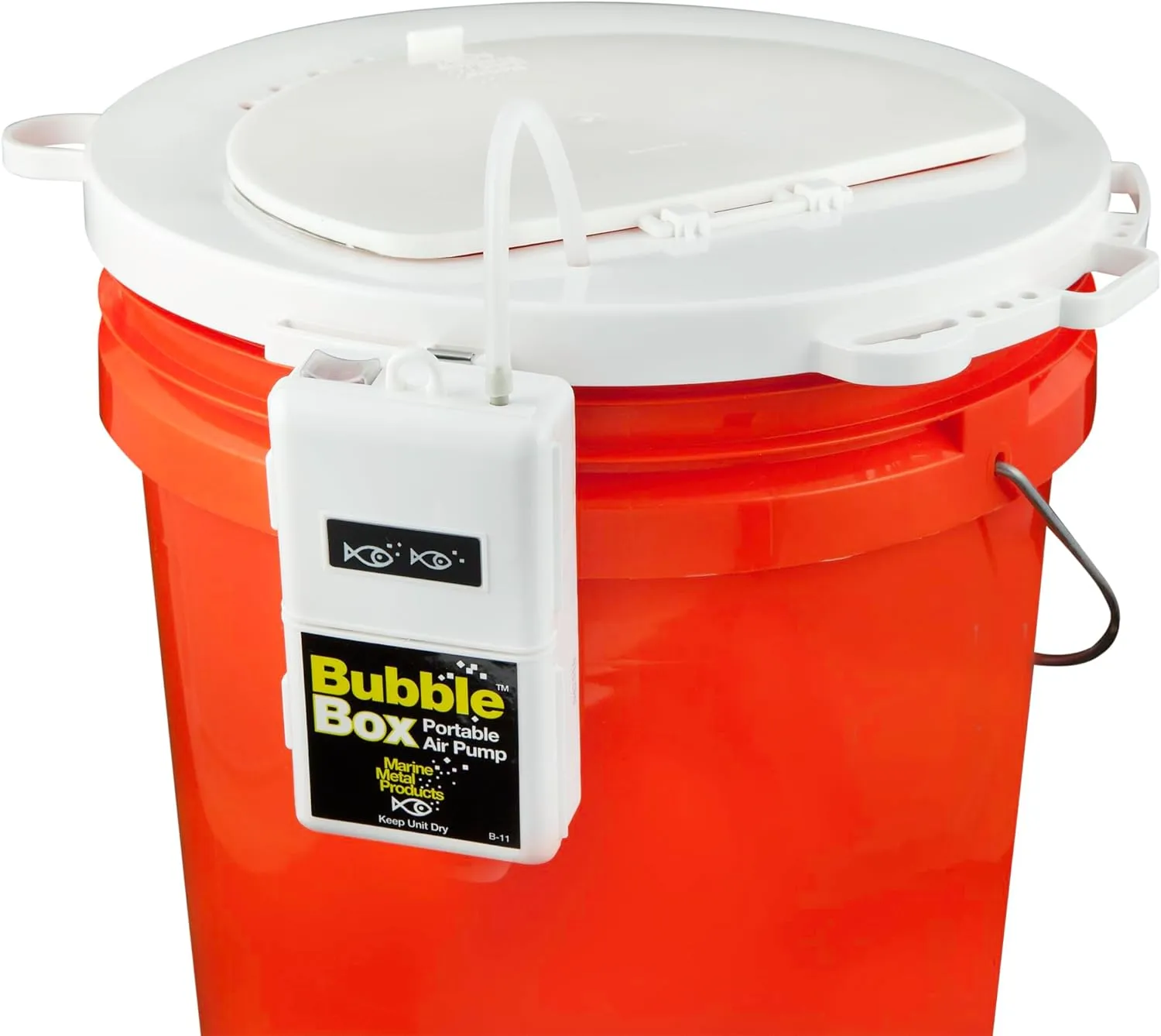
Secure your bait container so it doesn’t slide around, but leave room for air circulation. Keep aerators running during transport—the engine vibration and movement actually reduce the effectiveness of natural water oxygenation.
Avoid temperature extremes during transport. Don’t leave bait in hot cars or cold truck beds longer than necessary. Plan your stops so bait spends minimal time in poor conditions.
When to Cut Your Losses
Sometimes bait starts dying despite your best efforts. Recognize when it’s time to stop throwing good money after bad and either replace your bait or switch to artificials.
If you’re losing more than 20% of your bait within the first few hours, something’s wrong with your system. Check temperature, oxygenation, and water quality immediately. Don’t just keep fishing with dying bait hoping it’ll improve.
Fresh bait almost always outfishes stressed or dying bait. If your bait looks lethargic or unhealthy, consider it an investment in your fishing success to replace it rather than struggling with subpar offerings.
The money you spend on proper bait care equipment pays for itself quickly when you stop losing expensive bait to preventable deaths. A good aerator, insulated bucket, and thermometer cost less than a few dozen replacement minnows, and they’ll serve you for years.
Remember, keeping bait alive is part of the fishing process, not just preparation for it. The care you put into maintaining healthy, active bait directly translates to better fishing results and more enjoyable days on the water.
